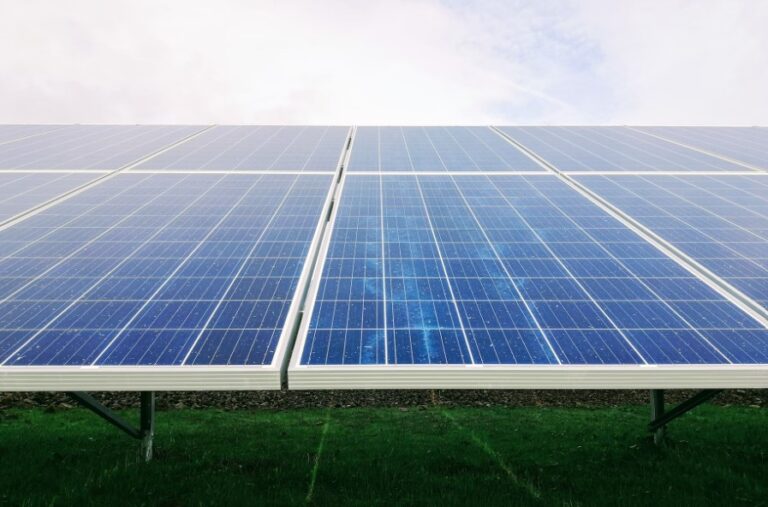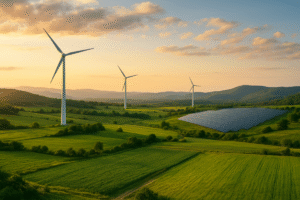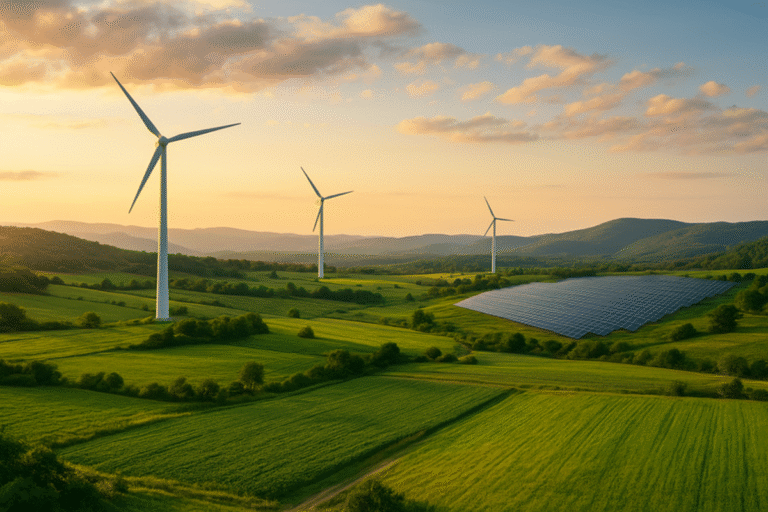The month of May 2023 marked an unprecedented record. A milestone was reached that will be etched in history, representing a landmark achievement for the renewable energy sector and its potential. Solar energy produced through photovoltaic systems installed throughout Europe has surpassed the energy traditionally generated by coal-fired power plants.
This totally unexpected achievement takes on historical value. It shows how, in the course of a year marked by the outbreak of the conflict in Ukraine to the present, Europe has been able to organize itself, involving all participating countries, and become a genuine global reference point for the ecological transition and the use of green energy.
However, in the midst of all this, a huge issue now arises that had not been considered previously.
Table of Contents
Solar and wind power drive the growth of renewables in Europe
Data from the energy think tank “Ember” highlight that solar power growth, strong wind power performance and low electricity demand are the “secrets” of the record.
Solar alone generated 14 percent of EU electricity in May, an all-time high. Even without the summer sun, energy harvesting through solar panels surpassed coal-fired power for the first time, which produced only one-tenth of the total last month.
Electricity production from wind power also increased compared to May last year. But it did not reach the record set in January this year, where it contributed 23 percent to the electricity of the 27 countries of the European Union.
The push to install new renewables caused a decline in fossil fuel production from January to May this year, allowing solar and wind power to overtake it. In 2022, Portugal added 0.9 GW of solar PV capacity, bringing its total solar capacity to 2.5 GW, an increase of more than 50 percent. This amount of energy would be enough to power about one million homes.
This increase in capacity has spurred significant growth in wind and solar power generation in Portugal, which exceeded 50 percent of total electricity generation in April. Similarly, other EU countries, such as Spain, Sweden and Belgium, have also achieved record levels of renewable energy generation this year.
The EU’s energy transition
The news comes coincidentally on the heels of a recent statement by Italy that it could shut down its coal-fired power plants by 2024 – a year earlier than expected – if gas prices remain low.
Gas use is also declining. The January Ember Europe Electricity Review shows that wind and solar have become the EU’s main source of electricity for the first time in 2022.
Record amounts of wind and solar helped the bloc of 27 European countries avoid the “triple crisis”. Restrictions on Russian gas supplies, problems with hydropower due to drought, and unplanned nuclear outages.
Netherlands leads EU with outstanding installation rate
The most glaring example of the efforts being made within the EU to become more energy independent comes to us from the Netherlands, where the solar energy boom has hit record highs.
We are talking about more than 100 megawatts of solar panels per 100,000 inhabitants. This is a figure twice that of a much sunnier country like Spain, or more than 3 times that of China, which to date leads the world in total capacity of energy produced through solar panels.
Read also: Exploring the 7 largest solar fields worldwide: what is their contribute to green energy production
Storage technologies to ensure energy independence
Like any novelty and change in strategy, there are positive aspects and potential problems. This has also been the case with solar energy, which has generated an even bigger problem. Namely, the energy surplus.
In Europe, there has been a 10 percent increase in solar energy in the past year, thanks to government incentives.
The growth has been steady and peaked in May, during one of the sunniest periods of the year, surpassing the energy production obtained from coal. This created a surplus of energy over the community’s needs, leading to a negative electricity price.
However, this negative consequence clearly highlights that the European community is not yet ready for a complete and final transition to green energy, abandoning fossil fuels.
Energy storage is still based on conventional methods that are not suitable for sustainable innovation, and therefore need to be updated and made more efficient.
Toward a zero-emission Europe
There is still a long way to go and the goals are ambitious. By 2050, the entire European Union is aiming for zero emissions. To reach this goal, we must not only develop new technologies, but also improve the management of energy consumption, aligning it with actual energy production.












